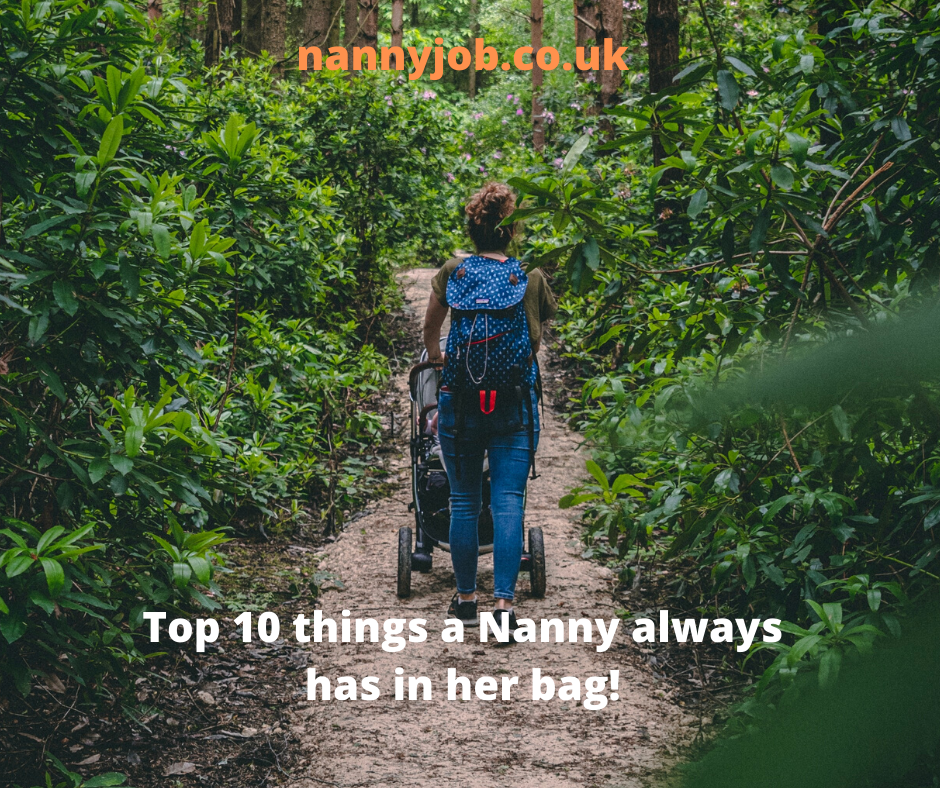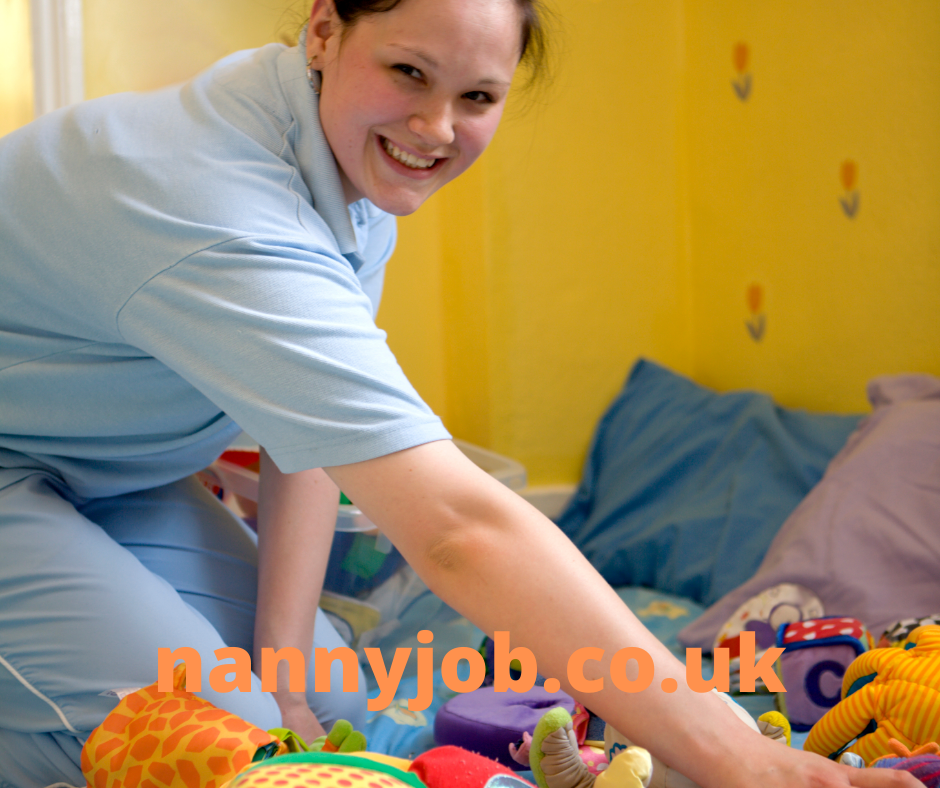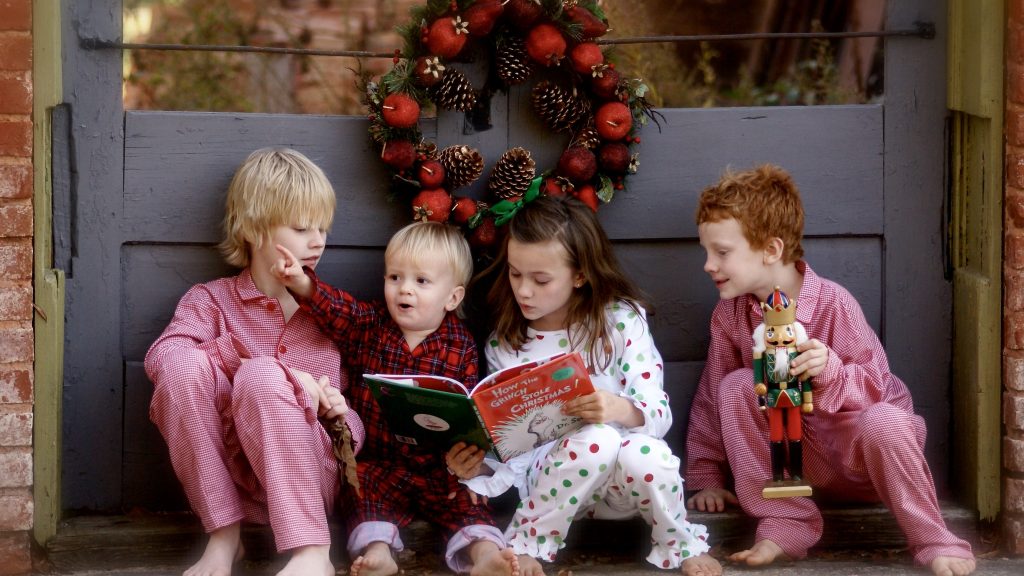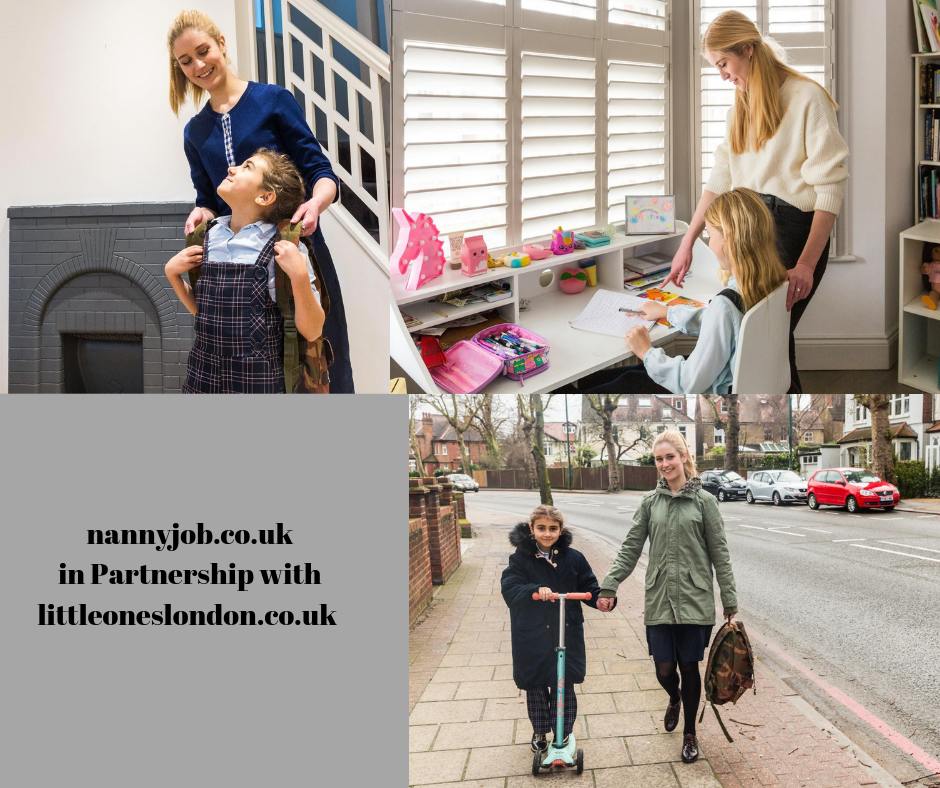Like every child is different, every Nanny and Manny are different, but the one thing they all have in common is that they are always prepared! Here are our top 10 essential items that every Nanny carries with them. What is your most essential item? Or What have we missed off our list?
- Mobile Phone with emergency contacts in – Mum, Dad, Grandparents, Neighbour, Doctor, Dentist, whoever is on your list make sure you have a plan of action if there is an emergency!
- Medical Information for each child. In the UK we have the Red Book which should contain all the vital info you need such as food allergies, medication, etc. But if you don’t have this then keep a note handy with all the details. If the child, you care for becomes ill the first questions you will be asked are ‘Is the child taking any medication’ ‘Does the child have any allergies’ Having this information to hand may save valuable time.
- First Aid Kit – You can buy a ready made one or simply carry the necessary items around with you such as Plasters, antiseptic wipes, safety pins, tweezers, gauze dressings, sterile eye dressings, crepe roll bandage, triangular bandage, disposable gloves.
- Tissues, wet wipes and hand sanitizer.
- Sunscreen and lip balm, even the most overcast days can require some protection from the sun, always better to be safe.
- Nappies (Or underwear if potty trained), Changing mat, wipes, cream disposable potty, – you never know when you might be caught out!
- Change of clothing, what child hasn’t rolled in the mud or been sick and needs to be changed.
- Healthy snacks – children are constantly hungry, ready prepared fruit, rice cakes, raisins, prepped veg and hummus. All great energy boosters if you have a flagging child.
- Bottled Water – Great for cleaning up a messy child or for a drink break through the day.
- Small toys and books, if you must queue, go on public transport of just keep a child occupied while you wait for something, having a toy or book handy will help deal with any boredom the child might feel.





